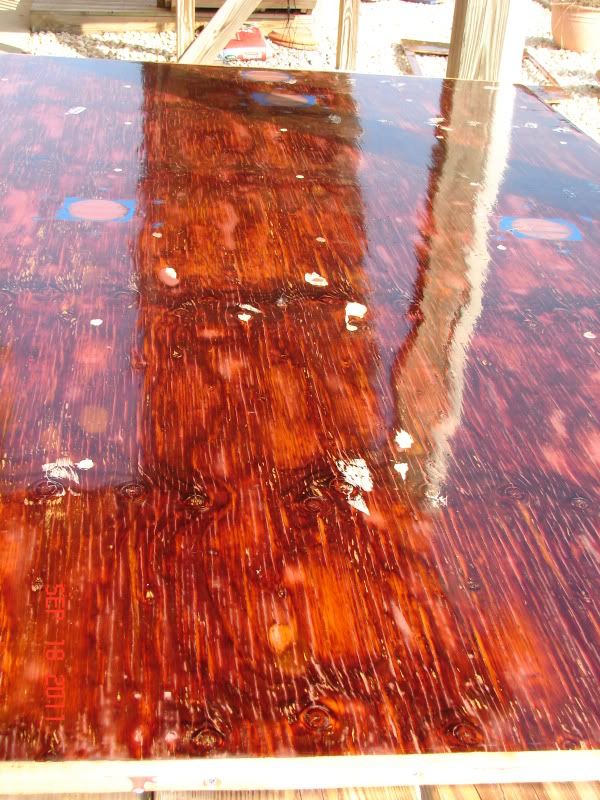Jigngrub -
My assumption is just what you mentioned - water from above, not leaks.
You would agree that that water, from fishing, swimming, spray, weather, and spills often finds its way below deck? And, that no matter how little of it gets there, unless below decks are de-watered and aired out, it tends to stay there, below deck, steaming and penetrating? Wood rot, mildew, and aluminum oxidation follow.
I am not persuaded that complete sealing plywood is the best practice. The problem is that there will always develop some kind of chink in the armor, some worn spot, some split, crack, or peel - by which water gets into the wood. That then means that whatever water gets in, due to what's left of the "complete" sealing will now have a hard time getting out. For example, the "sealed" but rotten stringers that can render a fiberglass hull worthless.
The veneers of plywood are separated by membranes of waterproof glue, the exterior surfaces are thin enough to dry out quickly. The edges are the most important to seal, and as a matter of maintenance to keep sealed, to prevent water intrusion down the thirsty end grain of the interior veneers.


